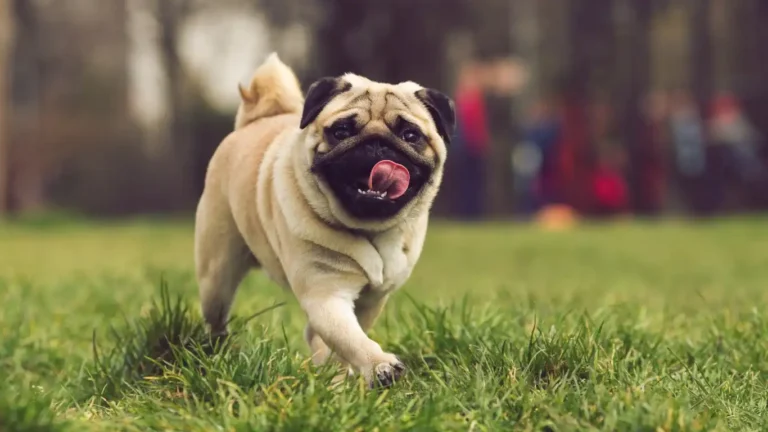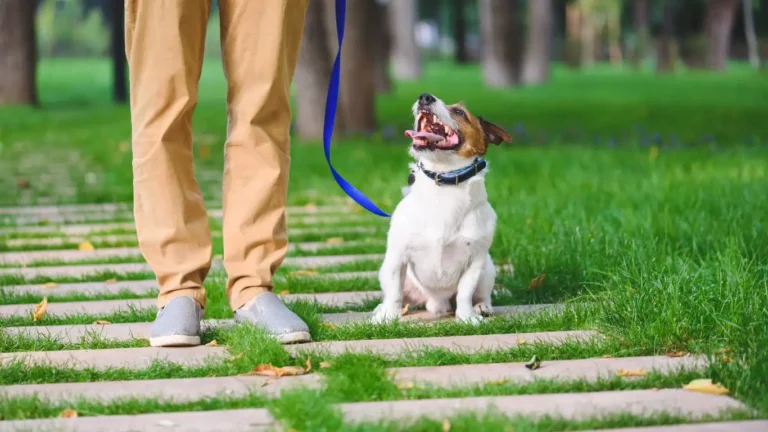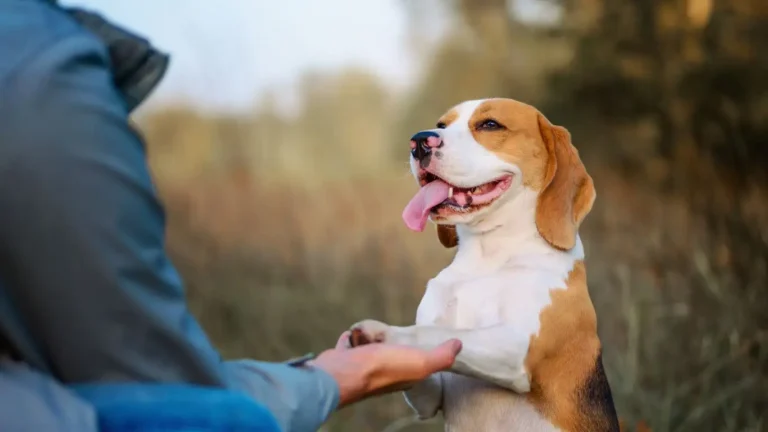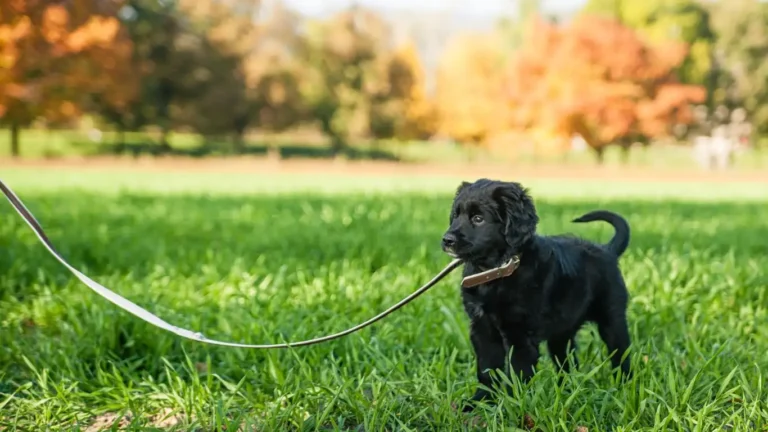How to Train Your Dog to Calmly Load into a Car – Proven Tips
Training your dog to calmly load into a car is a valuable skill for both you and your furry companion. Whether you’re going for a quick trip to the vet, a fun day at the park, or a long road trip, a dog that can confidently and calmly enter a vehicle makes the experience smoother and less stressful for everyone involved. If you’re wondering how to train a dog to calmly load into a car, you’ve come to the right place. I’ve had the privilege of working as a Canine-Assisted Therapy Trainer, and in my experience, the process doesn’t have to be complicated or overwhelming. It’s about building trust, consistency, and making it a positive experience for your dog. Let’s dive into how to approach this challenge, step by step.
Understanding the Importance of Car Loading Training
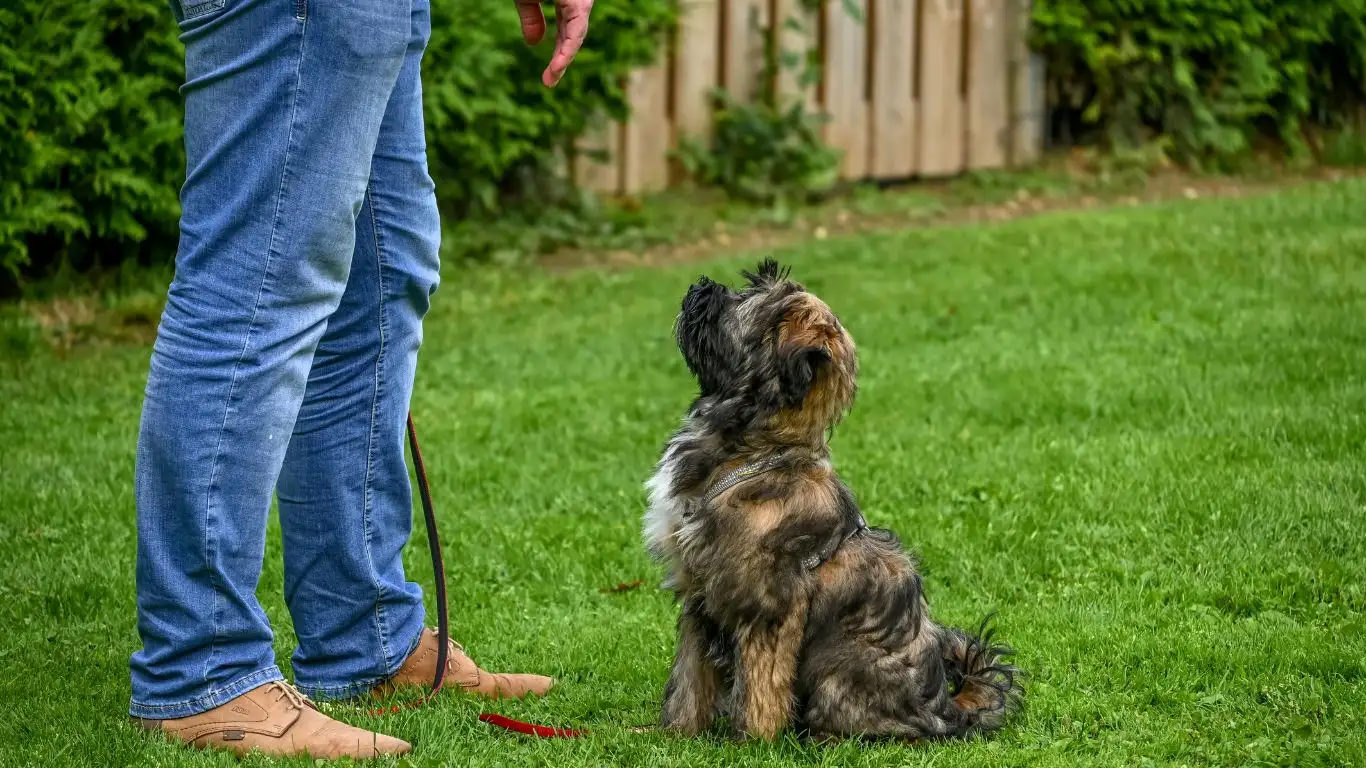
Before we jump into the specific steps of training, let’s take a moment to understand why this skill is so important. In my years of training therapy dogs, I’ve found that a dog’s behavior in the car can significantly impact their overall well-being. Whether it’s a trip to the doctor or just a weekend getaway, a dog that’s hesitant or anxious about getting into the car can cause both themselves and their owners unnecessary stress.
Some dogs may have negative associations with the car—maybe they’ve had a bad experience, like a visit to the vet, or they’re simply uncomfortable with the confined space. Others might just be unfamiliar with the car and not know what to expect. This is why it’s essential to train them to load calmly and confidently, making car rides more enjoyable for both you and your pet.
Building Positive Associations with the Car

The first step in training your dog to load calmly into a car is to create a positive association with the vehicle itself. Dogs are creatures of habit and often form associations based on past experiences. If your dog has had any negative experiences in the car, they might be more reluctant to get in. The key is to help them develop positive connections with the car. Here’s how you can do that:
- Start with the car stationary: Don’t rush to get your dog in and out of the car. Let them explore the car on their own terms, with the engine off. Open the doors and allow them to sniff around the interior. Reward them with treats and praise for any positive interaction with the car.
- Make it a fun space: Place some of your dog’s favorite toys or a comfy blanket inside the car. You can even feed them their meals in the car to help them associate the vehicle with good things.
- Use positive reinforcement: Reward your dog with treats, verbal praise, or petting every time they approach the car or get inside. This encourages them to view the car as a safe and enjoyable place.
Gradual Introduction to Loading into the Car
Now that your dog has a positive association with the car, it’s time to begin the actual training process. Patience is key during this stage. You want to ensure that each step is small enough to avoid overwhelming your dog.
- Introduce the car door: Open the car door and gently coax your dog to approach it. You may need to use treats or a favorite toy to encourage them. If they hesitate, don’t force them in—let them come to the door on their own.
- Encourage getting inside: Once they’re comfortable with the car door, encourage them to step inside. You can use a treat to lure them or, if they’re hesitant, place their favorite toy inside. It’s crucial to keep the atmosphere calm and inviting.
- Use a ramp or step: If your dog is small or has mobility issues, consider using a ramp or a step to help them get into the car. This eliminates the need to jump, which could be intimidating or uncomfortable.
- Short sessions: Keep the training sessions brief but consistent. A few minutes at a time, multiple times a day, will help reinforce the behavior without overwhelming your dog. It’s important that every session ends on a positive note.
The Role of Your Dog’s Body Language
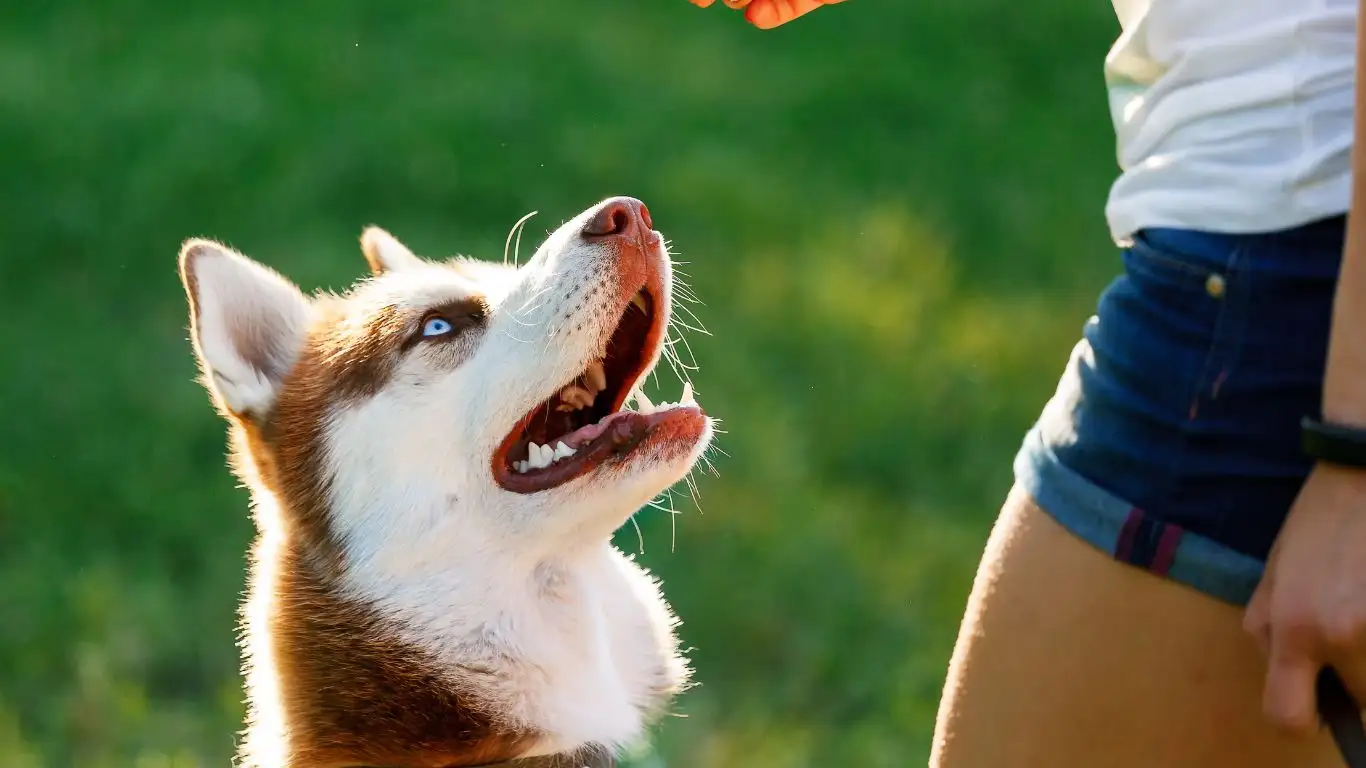
During training, it’s essential to pay attention to your dog’s body language. They will communicate how comfortable they are with the process, and adjusting based on their cues is key to success. If your dog is showing signs of anxiety, such as trembling, panting excessively, or backing away from the car, it’s time to take a step back and slow down. Remember, you’re building trust, so you don’t want to push them too hard.
Watch for signs of confidence and relaxation, like wagging tails, relaxed ears, or a curious stance. When you notice these positive signs, it’s a great time to reward your dog and continue reinforcing their calm behavior. If they show reluctance, don’t punish them. Instead, go back to a previous step where they felt more comfortable and try again. With time, patience, and positive reinforcement, your dog will learn to load calmly into the car.
Creating Consistency and Building Routine
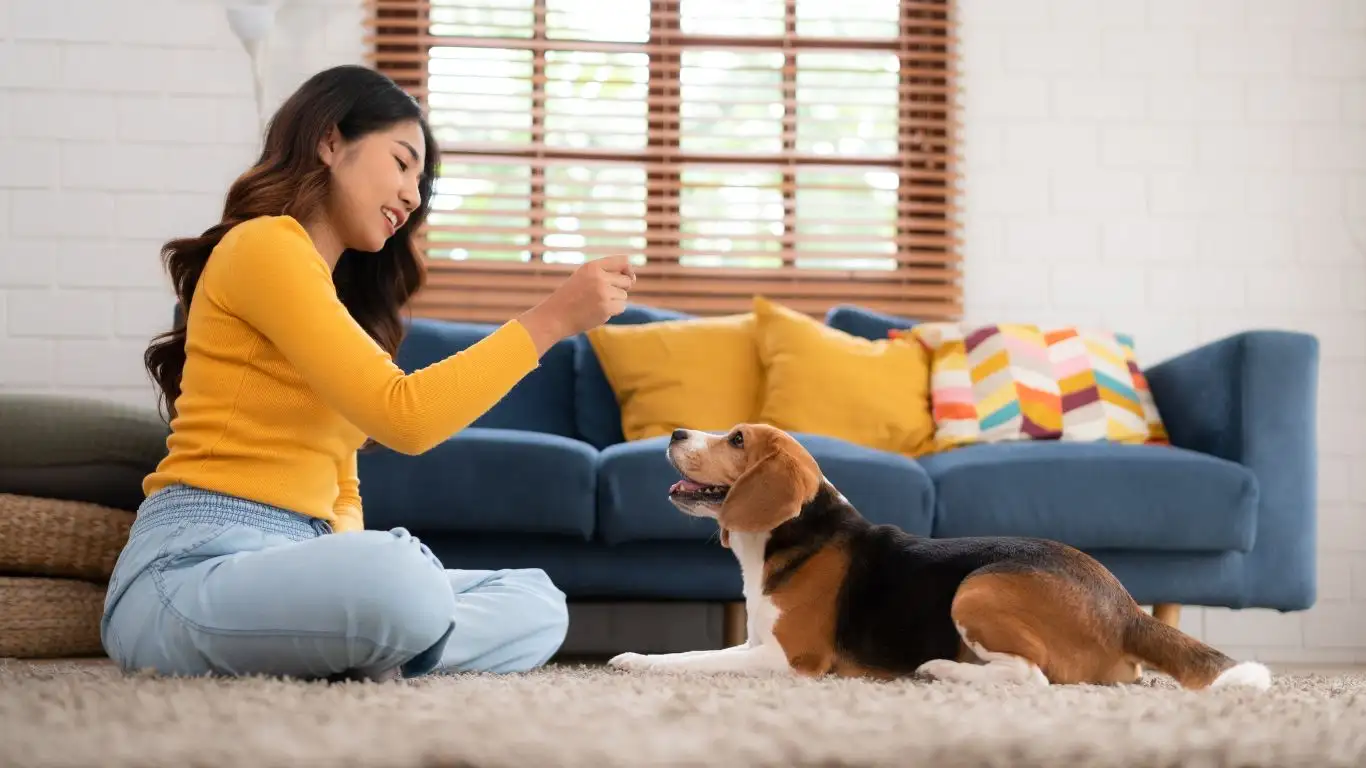
Once your dog is comfortable with the car and loading process, it’s time to establish a routine. Consistency is crucial in dog training, especially when teaching a dog how to calmly load into a car. Dogs thrive on routine, and by incorporating loading into the car as a regular, predictable event, your dog will begin to expect it as a normal part of their day.
From my experience, dogs pick up on patterns quickly. So, here’s the trick: incorporate loading into the car as part of your daily schedule, even if you’re not going anywhere. You don’t always need to drive to the vet or the park to practice. Simply walking to the car, opening the door, and allowing your dog to load in (without actually going anywhere) helps build confidence and reinforces calm behavior.
Practice Makes Perfect
As with any form of training, repetition is key. Consistent practice will help your dog understand exactly what you expect when it comes to loading into the car. Make sure you practice loading at different times of the day, with different distractions, and in various weather conditions. The goal is to help your dog stay calm and focused no matter what’s going on around them.
- Start small: Begin by just opening the car door and allowing your dog to explore the space. Gradually progress to encouraging them to sit or lie down in the car.
- Incorporate travel-time expectations: If you’re going for a short drive, make sure your dog knows the duration. If possible, bring them back to the car after a 5-10 minute drive and praise them for good behavior.
- Adjust for individual needs: Some dogs might need a little more time to build up confidence. If you notice your dog struggling, don’t rush it. Take a step back to the last stage they were comfortable with and go from there.
Handling Anxiety or Reluctance
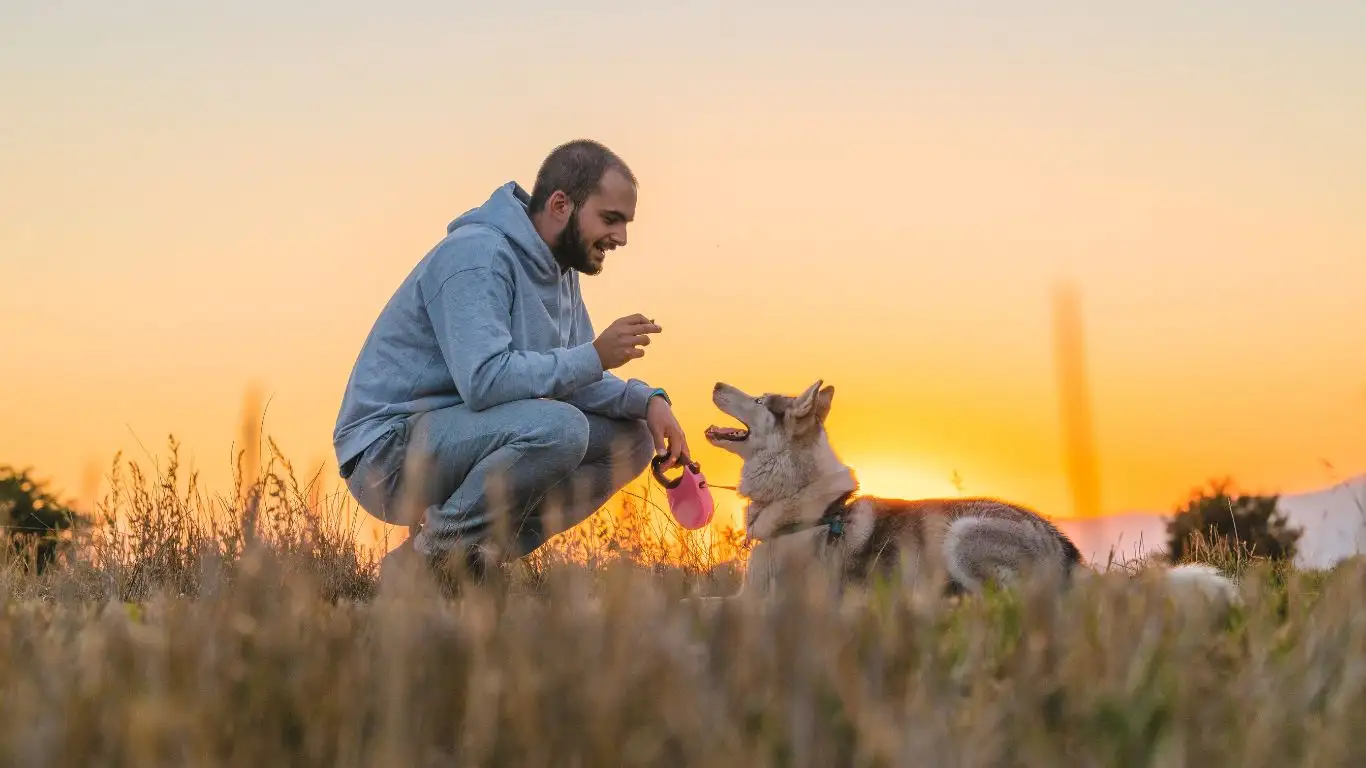
Not all dogs are naturally comfortable with the idea of getting into the car, and some may show signs of anxiety or reluctance. It’s normal for dogs to feel uneasy at first, especially if they’ve had negative experiences in the car in the past. But don’t worry, there are several techniques that can help reduce anxiety and make the process much smoother for both you and your dog.
Here are a few methods that have worked wonders in my experience:
- Desensitization: This is a powerful technique that involves gradually exposing your dog to the car in a controlled way. Start by just sitting near the car with your dog, without any pressure to get in. Over time, move closer to the vehicle, open the door, and reward your dog for even the smallest progress.
- Calming aids: Some dogs may benefit from calming products such as pheromone sprays or calming music. These can help create a more relaxed atmosphere in and around the car.
- Use of crates: If your dog is crate-trained, placing them in the car in their crate can provide a sense of security. Crates can help them feel more stable and less anxious, especially during longer trips.
It’s important to keep in mind that dogs can be sensitive to their environment. If your dog seems overly stressed, it may be beneficial to consult a professional trainer who can help guide you through the process. I always encourage people to seek assistance if they feel out of their depth, especially if their dog’s anxiety is severe.
Positive Reinforcement: Key to Long-Term Success
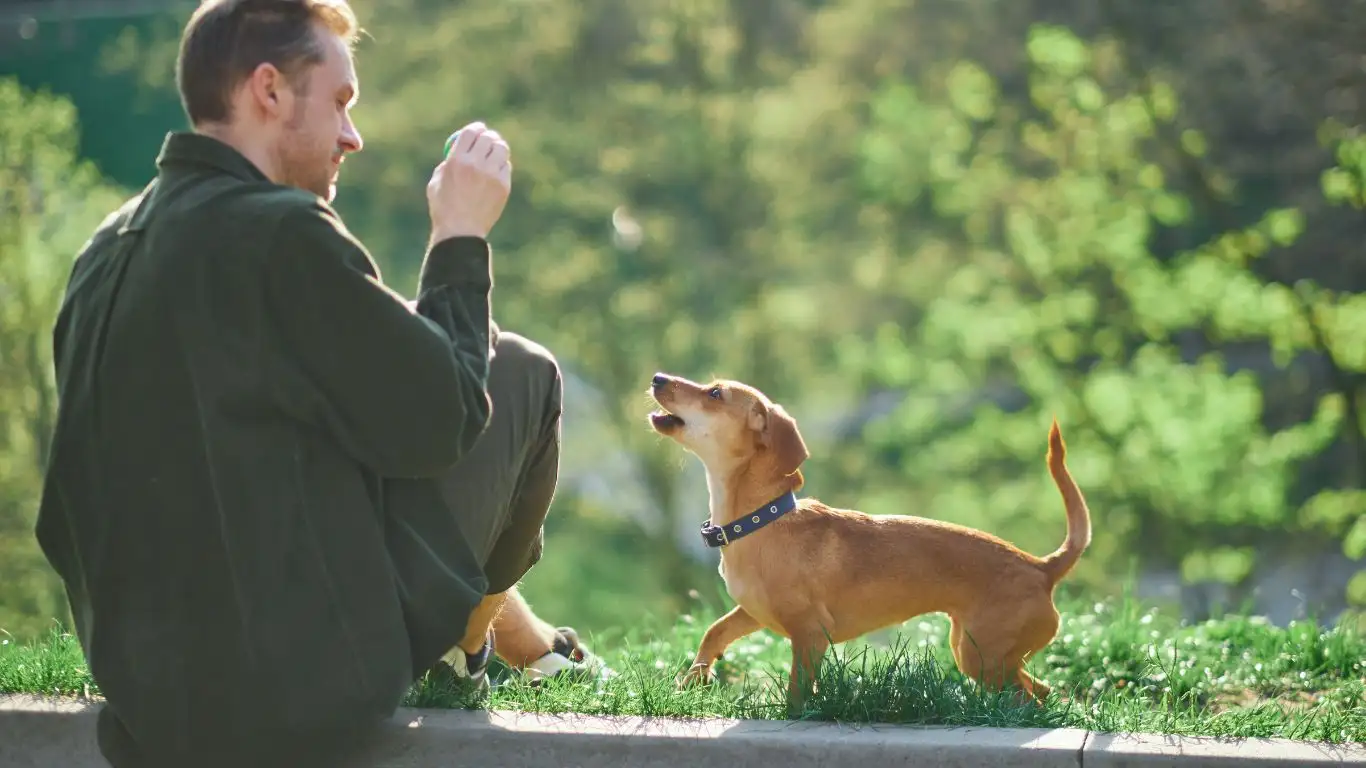
One of the most important aspects of training is positive reinforcement. When training your dog to calmly load into the car, it’s essential to reward them immediately after they demonstrate calm behavior. This not only helps reinforce the desired behavior but also strengthens the bond between you and your dog.
Rewarding your dog doesn’t always mean giving them a treat (though that works wonders). It can also include verbal praise, affection, or even just a few minutes of playtime with their favorite toy. The key is to make the reward immediate, so your dog associates it directly with the behavior you’re reinforcing.
- Timing is everything: To make sure your dog understands exactly what behavior they are being rewarded for, make sure you reward them right at the moment they show calm behavior. For example, if they sit calmly in the car, give them a treat right after they sit.
- Use high-value treats: Not all treats are created equal. For training purposes, use high-value treats that your dog absolutely loves. This makes the reward even more motivating and reinforces their good behavior.
Keep in mind that positive reinforcement isn’t just about rewarding the “big wins.” It’s also about celebrating the little steps along the way. Even if your dog just takes a step toward the car without hesitation, reward them. This encourages progress and builds a positive cycle of behavior.
Dealing with Setbacks and Challenges
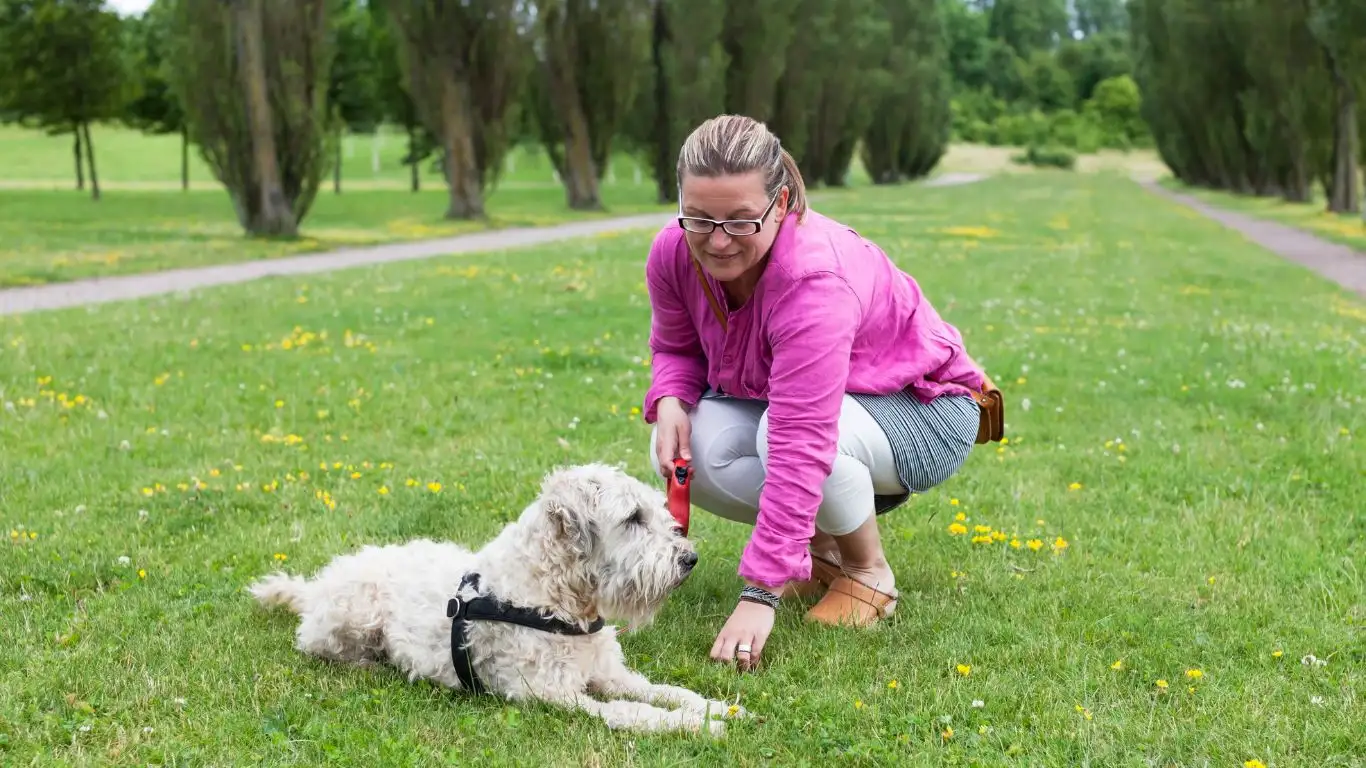
Let’s face it: dog training isn’t always a straight path. Just when you think you’ve got the perfect routine going, your dog might hit a setback. Don’t worry—setbacks are a normal part of the learning process. The most important thing is to remain patient, stay consistent, and keep working at it. In my experience as a Canine-Assisted Therapy Trainer, I’ve seen dogs make huge progress, but I’ve also seen dogs regress a bit before fully mastering a skill.
Sometimes, despite all your efforts, your dog might suddenly refuse to get into the car. Or, they might seem overly anxious or hesitant again. This can happen for several reasons: maybe they had a stressful experience, or perhaps they’re just feeling a little out of sorts that day. When this happens, it’s essential not to lose your cool. It’s a learning process for both you and your dog, and patience is key.
- Stay calm: Dogs pick up on our energy. If you’re feeling frustrated, your dog may pick up on that and become even more stressed. Take a deep breath and approach the situation with calmness and confidence.
- Go back to basics: If your dog is reluctant, go back to a step where they felt comfortable and build from there. It could be as simple as spending a little more time getting them used to the car again before progressing to loading.
- Consistency is key: Even on challenging days, stick to your training routine. Dogs learn best with consistency, so even if you face setbacks, keeping up with your training sessions will pay off in the long run.
Keeping Your Dog Safe and Comfortable During Travel
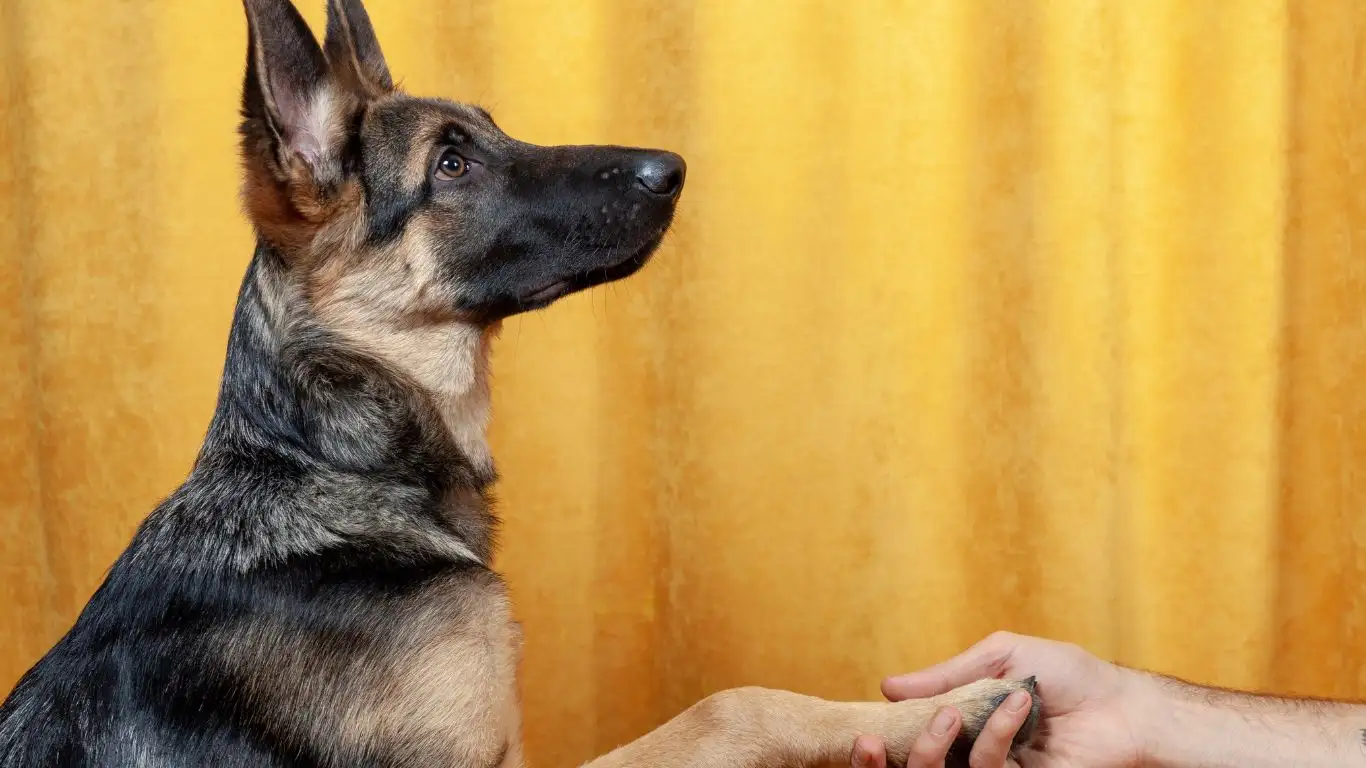
Once your dog has mastered the art of loading calmly into the car, it’s important to think about their safety and comfort during the ride itself. Whether you’re driving around the block or embarking on a long road trip, keeping your dog secure and comfortable in the car is crucial for their well-being. And trust me, I’ve seen firsthand how a dog’s safety during travel can make all the difference in their behavior and experience in the car.
Using Proper Restraints
In my experience, one of the most important things you can do for your dog’s safety during car travel is to invest in proper restraints. Dogs, like humans, are susceptible to injury in the event of a sudden stop or accident. While some people might think it’s enough to let their dog roam freely in the backseat, that can actually be dangerous for both your dog and yourself. Here are a few safe options:
- Dog seat belts: These work like human seat belts, securing your dog safely in the seat. They allow your dog to sit or lie down comfortably, while preventing them from jumping or moving around too much during the ride.
- Crates or carriers: If your dog is crate-trained, a crate or carrier is a great way to keep them safe and secure. It’s also a familiar space that they may feel more comfortable in, especially if they’re used to traveling this way.
- Dog travel harnesses: Another great option, these harnesses attach to your car’s seat belt system, allowing your dog to stay securely fastened without compromising their comfort or movement.
Remember to never let your dog travel in the front seat, especially if the airbags are active. The back seat is always the safest place for your furry friend. If you’re traveling with multiple dogs, it’s always better to have separate spaces for each one to avoid distractions and ensure everyone’s safety.
Comfort During the Ride
Aside from safety, making sure your dog is comfortable during the ride will also help them remain calm and relaxed in the car. Dogs, just like humans, can get tired, hot, or even nauseous on long trips. Here are a few tips to keep your dog comfortable:
- Provide water: Always have fresh water available, especially on long trips. Dehydration can make your dog uncomfortable, so make sure they have access to water during the journey.
- Comfortable bedding: If you’re traveling for a longer period, consider bringing along a favorite blanket or cushion. A comfortable spot to lie down can make a huge difference in helping your dog stay relaxed.
- Frequent breaks: When driving long distances, take regular breaks to let your dog stretch their legs, relieve themselves, and get some fresh air.
Ensuring your dog’s comfort during the ride can reduce the chances of anxiety or restlessness, making the experience more enjoyable for both of you.
When to Seek Professional Help
Despite your best efforts, some dogs may need extra help to overcome anxiety or other behavioral issues related to car loading or travel. If your dog continues to struggle with loading into the car, or if you notice extreme signs of distress such as excessive drooling, panting, or trying to escape, it might be time to seek professional help.
In my experience, consulting with a certified professional dog trainer or behaviorist can make a world of difference, especially for dogs who have significant anxiety. These professionals have the expertise to assess your dog’s specific needs and provide tailored training techniques. Sometimes, the right guidance can speed up the process and help your dog feel more confident and relaxed in the car.
If you’re not sure where to start, organizations like the American Kennel Club and PetMD offer resources and directories to help you find certified trainers in your area.
Disclaimer
While this article provides general advice on how to train a dog to calmly load into a car, it’s important to remember that each dog is unique. The techniques mentioned here are based on my personal experience as a Canine-Assisted Therapy Trainer and may not work for every dog. Always consult with a professional trainer or veterinarian if you have concerns about your dog’s behavior, anxiety, or health. The information provided is not intended as a substitute for professional advice, diagnosis, or treatment.
